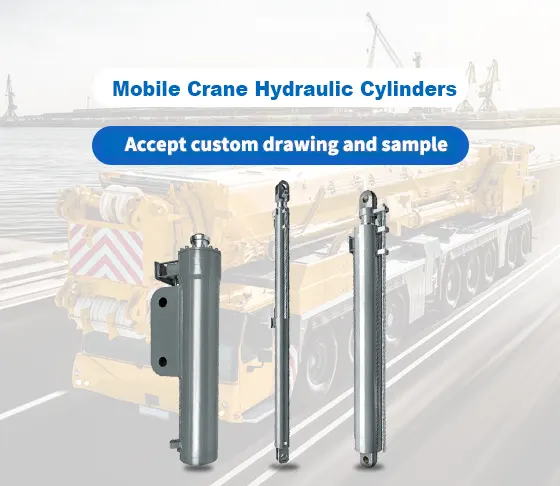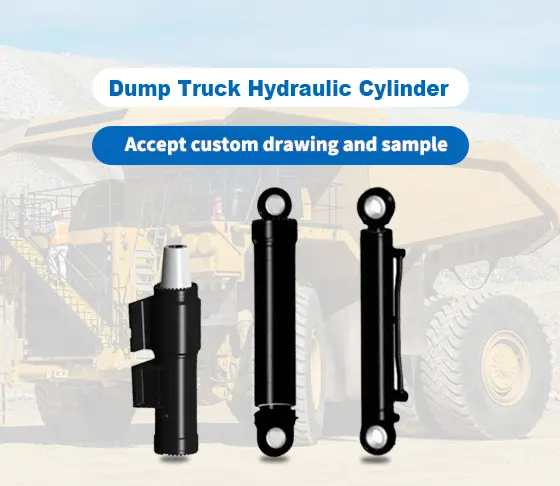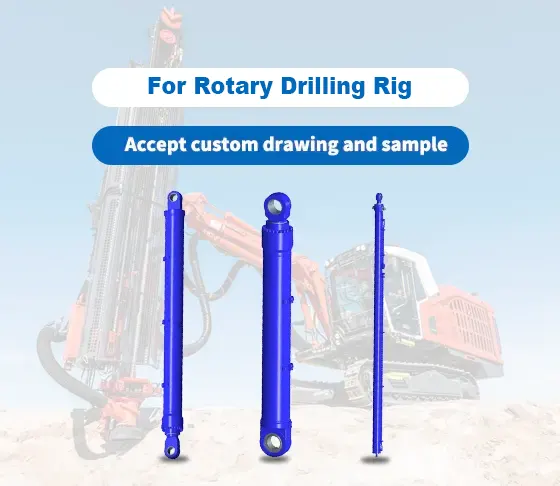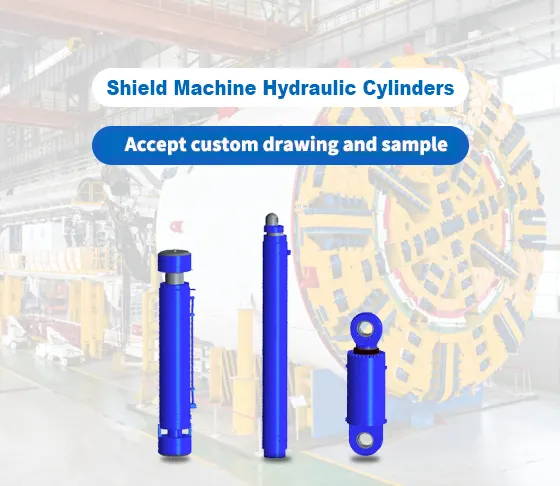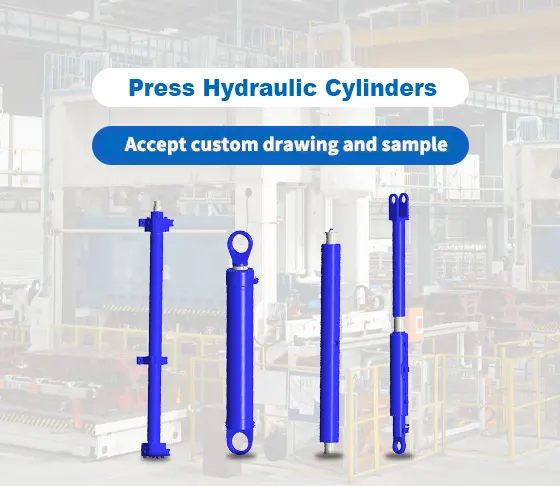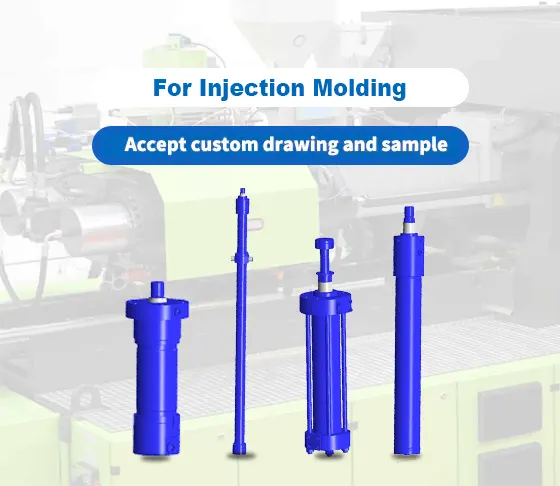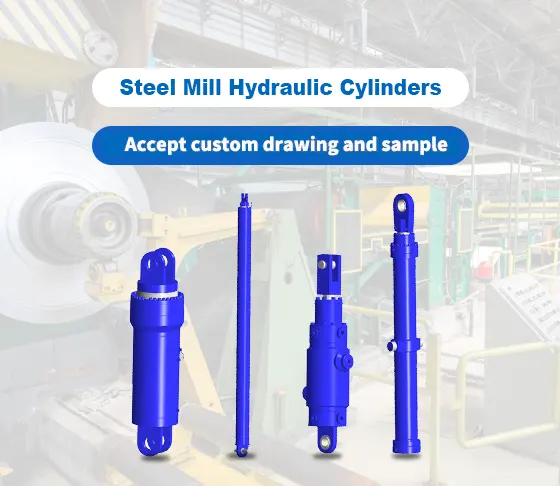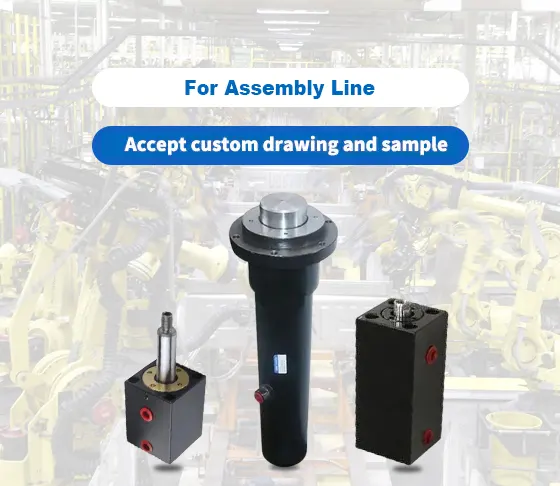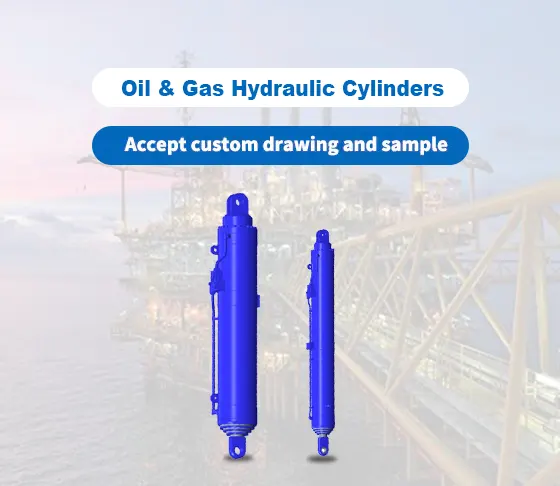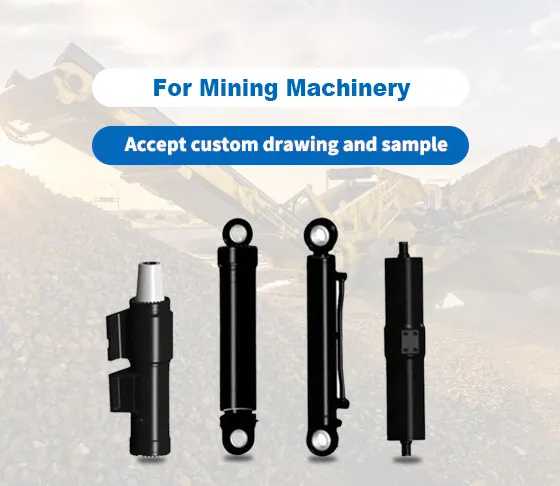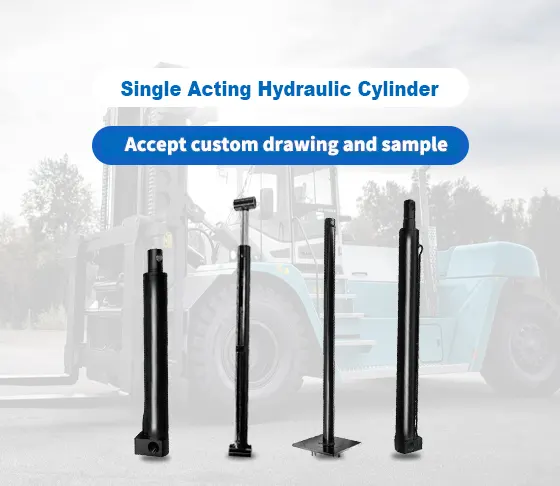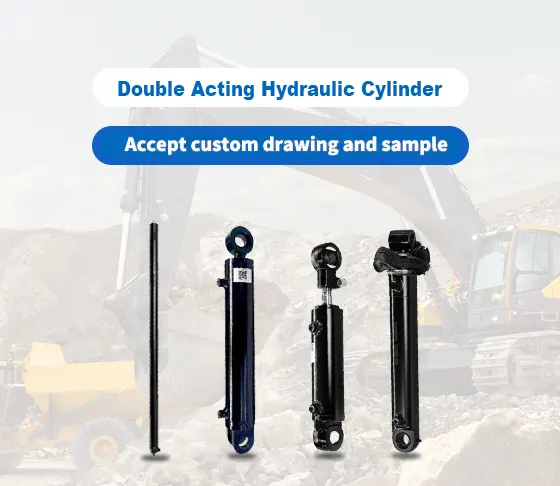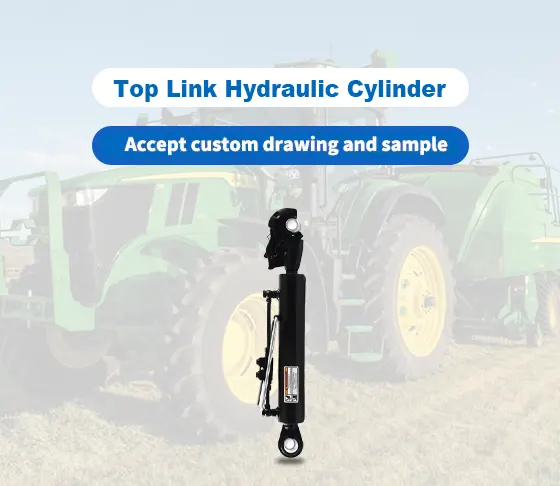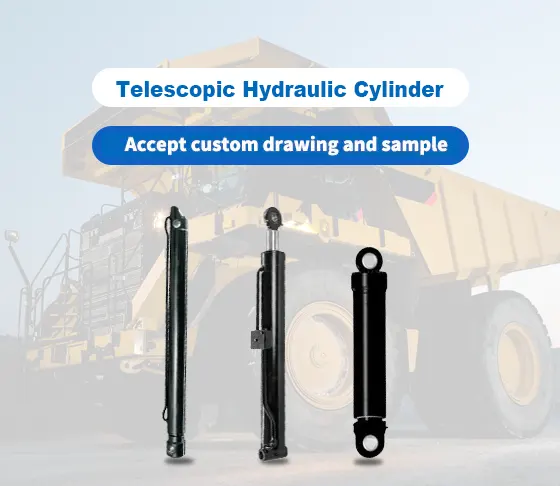EverPower-Huachang HYDRAULIC
Set development, research and sales as one
Mobile Machinery Hydraulic Cylinders
Construction Machinery Hydraulic Cylinders
Industrial Hydraulic Cylinders
Agricultural Hydraulic Cylinders
Energy Hydraulic Cylinders
Other Hydraulic Cylinders
Unmatched Manufacturing Excellence: Precision, Innovation, and Reliability
Step Inside Our VR Hydraulic Cylinder Factory: Experience Innovation in Action!

At EverPower-Huachang HYDRAULIC, we pride ourselves on our state-of-the-art manufacturing capabilities, combining cutting-edge technology with decades of expertise. From multi-station welding robots to fully automated assembly lines, our facilities are equipped to deliver hydraulic cylinders that meet the highest standards of precision, durability, and performance.
Every product is rigorously tested in our advanced testing center, ensuring reliability in even the most demanding applications. Whether it’s for construction, agriculture, or industrial automation, our commitment to innovation and quality ensures that we provide solutions that drive efficiency and exceed expectations. Discover how our manufacturing excellence can power your success.

In automatic cylinder assembly machines, our hydraulic cylinders provide reliable power and precision, streamlining production and reducing downtime.

Hydraulic cylinders drive this advanced assembly line, offering consistent performance and precise control for high-volume manufacturing.

In our testing center, hydraulic cylinders simulate real-world conditions, ensuring every product meets the highest standards of quality and durability.

Our hydraulic cylinders power loading and unloading robots, enabling efficient material handling and precise positioning in paint line operations.

In this workshop, hydraulic cylinders drive critical tasks like heavy lifting and machining, boosting productivity and reducing operational costs.
Trusted by Industry Leaders: Our Hydraulic Cylinders Power Global Innovators
Our hydraulic cylinders are trusted by industry leaders like Hangcha Group (one of China’s largest forklift manufacturers), KAUP (a world-renowned attachment specialist), Kubota (a global leader in agricultural machinery), Aichi (a top manufacturer of aerial work platforms), and HIAB (a pioneer in load handling solutions). From forklifts to agricultural equipment and beyond, our products deliver the reliability and performance these global innovators rely on. Discover how our hydraulic solutions can power your success.

Explore Hydraulic Cylinder Applications in Various Industries

Our hydraulic cylinders are trusted by excavator operators for their ability to handle heavy-duty digging and construction tasks. Engineered to perform in the toughest conditions, they offer dependable power and precise control, keeping job sites running smoothly and efficiently. See how our cylinders can take your equipment’s performance to the next level, even under the most challenging demands.
From tractors to harvesters, our custom cylinders are tailored to meet the needs of modern agriculture. With unmatched durability and precise control, they help farmers boost productivity and minimize equipment downtime. Discover the ideal hydraulic solution for your farming machinery today.
In industrial production lines, our cylinders play a vital role in automating processes and improving overall efficiency. Whether it’s lifting, pressing, or positioning, our cylinders provide consistent, reliable performance for long-term operation. Learn more about our industrial hydraulic solutions and how they can benefit your operations.
Frequently Asked Questions About Hydraulic Cylinders
What is a hydraulic cylinder, and how does it work?
A hydraulic cylinder is a mechanical actuator that converts hydraulic energy into linear motion. It consists of a cylinder barrel, piston, and rod, and works by using pressurized fluid to move the piston.
What are the different types of hydraulic cylinders?
Hydraulic cylinders come in various types, including single-acting, double-acting, and telescopic cylinders. Each type is designed for specific applications and load requirements.
Can your hydraulic cylinders be customized for specific applications?
Yes, we offer custom hydraulic cylinders tailored to your unique needs. Whether it’s a specific size, pressure rating, or material, our team can design a solution that fits your requirements.
why choose us
Everpower-Huachang Hydraulic Machinery is a high-tech enterprise specializing in the professional manufacturing of mid-to-high-end hydraulic components, with hydraulic cylinders as the main product. It provides services to many well-known enterprises at home and abroad. The company is affiliated with Zhejiang Machinery Group Co., Ltd.. It is a national “Safety Production Standardized Level II Enterprise”, a national key supported “High-tech Enterprise”, a Zhejiang “Invisible Champion,” a Ministry of Industry and Information Technology “Specialized and New Small Giant,” and a Zhejiang “Future Factory.” It is China’s most enormous forklift cylinder and aerial work platform cylinder manufacturing base.
Technology Development
Reliable guarantee
With a perfect quality assurance system, we have passed the ISO9001:2015 quality management system certification, and we are a national “second-grade measurement qualified” unit.


